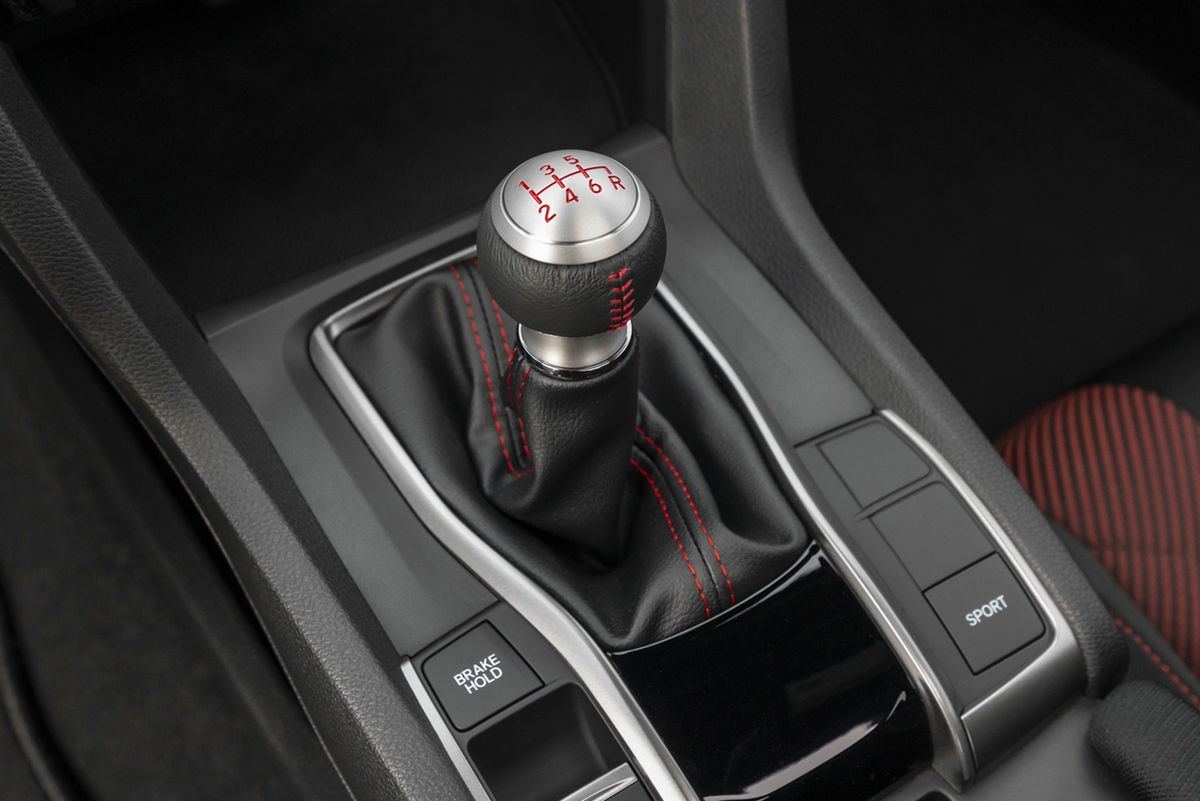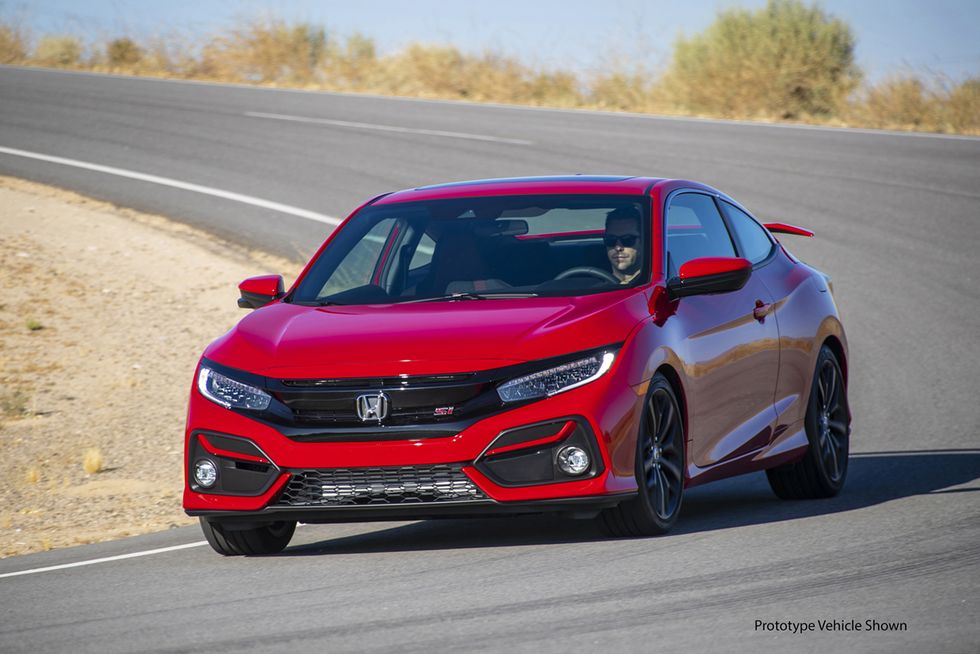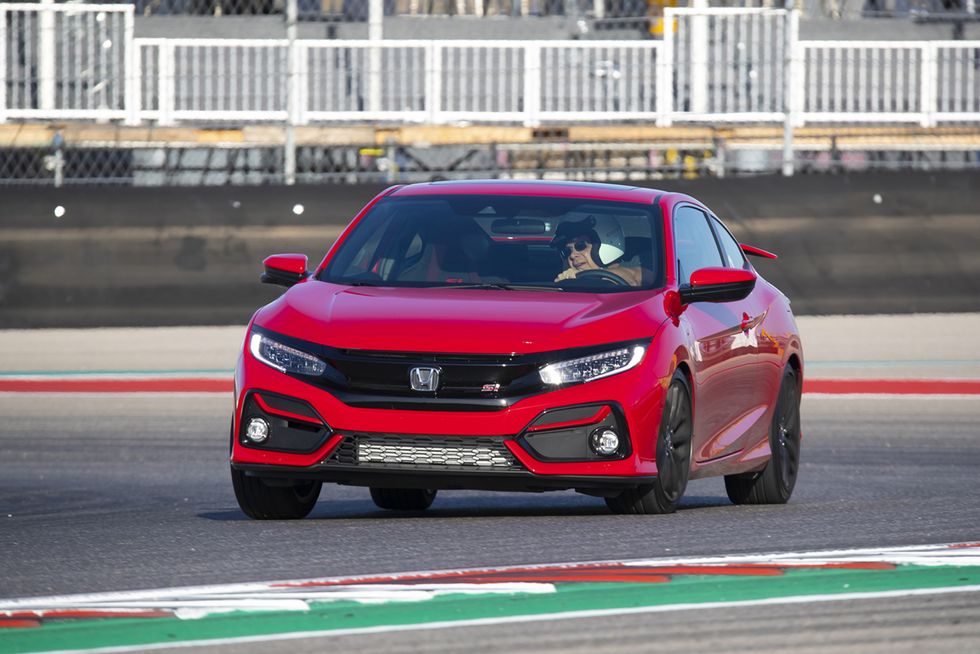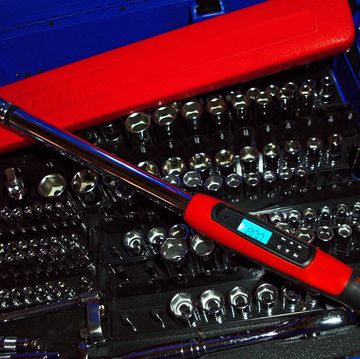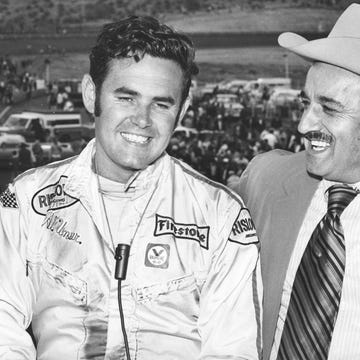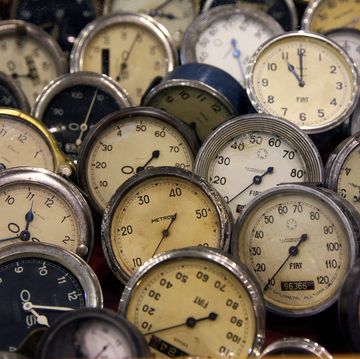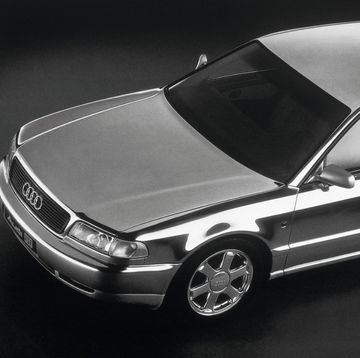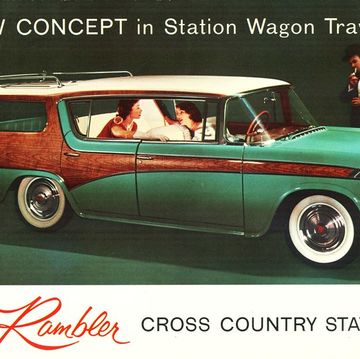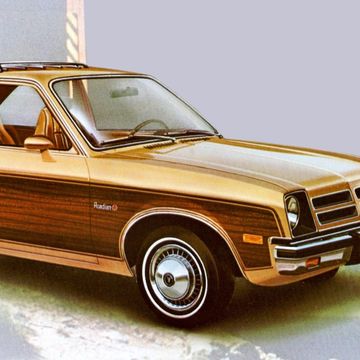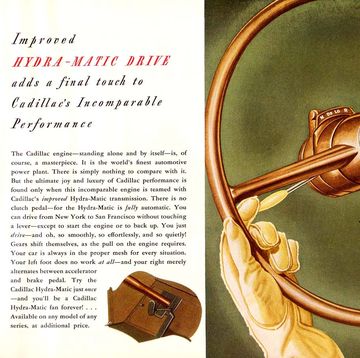Even good cars only give the driver two speeds to monitor: engine speed and vehicle speed. And while it’s the engine that ultimately does the work to turn the wheels and move a vehicle, a lot goes on in between to convert one speed into the other. Torque converters (for automatics), clutches and other pieces play a role, especially for all-wheel-drive cars. But the two main elements getting the job done are the transmission and the differential.
And they play a critical role because a car with no transmission would effectively be a golf cart. Compared to cars, carts are slow, noisy and inefficient. This is because engines only operate in a limited range of speeds, from idle to redline. Furthermore, at different speeds, engines are good at different things. Transmissions, with help from differentials, allow us greater access to an engine’s various strengths across a broad range of vehicle speeds. And the key to that access is the different gear ratios they provide.
Gear ratios are what connect engine and wheel speed. They allow an engine to spin fast while wheels spin slow, engines run slow while wheels spin fast and everything in between. To illustrate how it works in a bit more detail, consider the 2020 Honda Civic Si with its lovely six-speed manual transmission. The six gear ratios are listed in the chart below.
In first gear, the gear ratio of 3.64-to-1 means that for one transmission revolution, the engine turns 3.64 times. From there it turns the differential, which has another gear called final drive. The Si’s final-drive ratio is 4.35-to-1. That means one spin of the differential takes 4.35 spins of the transmission. Multiply the two together and you see that the engine needs to spin 15.8 times to turn the drive wheels just once.
Once you know that math, all you need is the tire circumference to know the maximum speed the Civic Si can go in each gear, as well as what rpm the engine spins at 5 and 75 mph. Getting tire circumference is actually a lot more complicated than it sounds. (I’ve described how it’s done below the story, if you have a burning desire to know.)
Even if you do calculate it, know it’s not completely accurate. When a tire holds up a car, it’s not a perfect sphere but slightly flattened under the weight of that car. Additionally, how flattened the tire is changes depending on vehicle speed, weight, tire temperature, ambient temperature and several other variables, meaning the real circumference is never the same. The good news is that using the calculated circumference is relatively close and works well as an approximation. Just know that in actuality the circumference is usually a little smaller, which mean the speeds in gear are a little lower. Phew! Let’s move on.
In first gear, because the engine spins almost 16 times to turn the driven wheels once, you have a lot of torque to get the vehicle moving, which allows the Si to accelerate quickly. But in this gear, the Si can only go 31 mph with the engine at max revs: 6,500 rpm. It would have to spin at 16,000 rpm to handle 75 mph on the highway. And, even if it could, that would be loud.
Fortunately, you can instead use second through sixth gear, allowing the engine to keep accelerating up to highway speeds and beyond, as well as cruise at 75 mph while ambling along at 3,000 rpm. At the same time, only having the higher gears would hurt acceleration and the ability to easily idle along slowly—so the lower gears are just as helpful.
It’s because of gear ratios that the Si’s turbocharged 1.5-liter inline-four-cylinder, with its 205 hp and 192 lb-ft of torque, can accelerate to 60 mph in under 6.5 seconds, according to Car and Driver. And it’s because of gear ratios that same car can travel 36 miles using just one gallon of fuel on the interstate, according to the EPA.
Engines have limitations. Transmissions mitigate those limitations. And different gear ratios make transmissions tick. We’re not just spinning our wheels here.
Tire circumference calculation:
To calculate tire circumference, you need the following pieces of information: the driven tire size and the constant Pi. Pi is that super-famous—in the math world, at least—constant that goes on forever, but 3.141 is enough for us. It’s used to convert tire diameter to circumference. Tire diameter is calculated with the given tire size. For the Civic Si, it’s 235/40R-18.
Here’s where it gets confusing. The 18 is the inner diameter of the of the tire, or the diameter of the wheel it mounts on. And it’s given in inches. 235 is the tire’s width, but in millimeters. And the 40 is the ratio of the tire sidewall height to tire width, given as a percentage. To convert millimeters to inches, you take the 235 width, divide by 25.4 and get about 9.25 inches, take 40 percent of that to get a sidewall height of 3.7 inches. Two sidewall heights plus the inner diameter give you the outer diameter, or 3.7 + 3.7 + 18, which sums to 25.4 inches. Multiply by Pi and you get just under 80 inches for the circumference. From there, you convert to miles (63,360 inches in a mile) and apply to see the numbers I provided in the chart.

